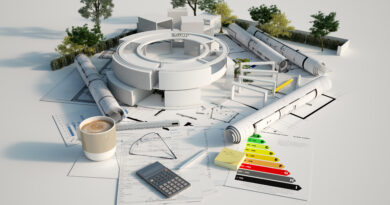Federal Funding Fuels Modern Infrastructure and Economic Recovery
Due to the pandemic, there have been significant changes to how people spend their money, and where they choose to live. This is causing many municipalities to struggle on adapting to their infrastructure and services to match the current situation. Luckily substantial federal funding was created to promote resilience after the pandemic.
According to Smart Cities Dive, The American Society of Civil Engineers’ 2021 Report Card for America’s Infrastructure reveals that inadequate water systems are severely affecting the US. With wastewater at a D+, drinking water at a C, and stormwater infrastructure at a poor D rating, it’s clear that there’s a crisis. We’re seeing it in the headlines as more communities across the country experience water system failures. Meanwhile, implementation and maintenance of these systems in suburban areas are struggling to keep pace with population growth. Additionally, climate change-induced natural disasters are increasing, testing the limits of an already struggling system and leading to significant consequences.
With over $2 billion in new federal funding available to improve water infrastructure, public water entities should take this opportunity to get ahead of the curve. It’s a pressing need, but one that also represents clear financial benefit to communities who can meet it. More than just avoiding catastrophic and costly system failures, community leaders can create jobs, increase revenue and significantly lower (or eliminate) operating costs.
For example, new water treatment technologies deliver impressive energy savings, especially when their operations are coupled with onsite clean energy. Replacing aging meters with Smart Meters also allows local governments to measure and bill more accurately, plus find and respond to leaks more quickly. Hear from the City of Raymondville, Texas where they were able to recoup nearly 20% in lost revenue from improved water metering.




